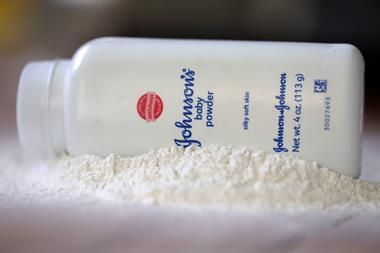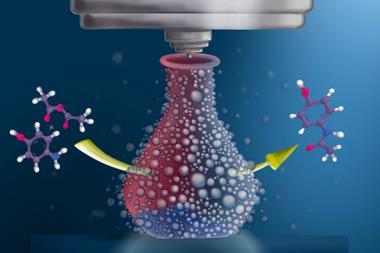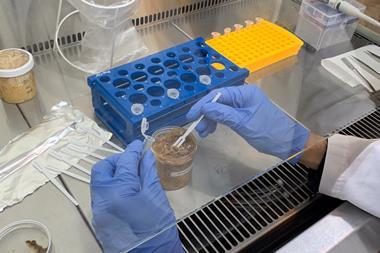Tablet coatings promise less pollution during manufacture.
Tablet coatings promise less pollution during manufacture.
Chemists at the New Jersey Institute of Technology, US, have used supercritical CO2 (scCO2) to develop what they say is a cleaner, greener and more efficient system of polymer coating for use in the pharmaceutical industry.
Drugs administered in tablet form are often coated in an excipient to make them easier to swallow or to enable controlled drug release. The production of one commonly used excipient, poly(1-vinyl-2-pyrrolidone) (PVP), involves environmentally unfriendly organic solvents and can be tricky to control, says Baohua Yue of the institute’s department of chemistry and chemical engineering.
Yue has developed a method of synthesising PVP not in organic solvent but in scCO2. And since this is an in situ process, he says, the polymer coats the drug as soon as it’s synthesised. ’You don’t need much more complicated downstream processing,’ he said. ’It’s one-part synthesis and processing together.’
The big advantage of scCO2, Yue told delegates attending the 228th National Meeting of the American Chemical Society, is that it has liquid-like solvation strength and gas-like transport properties. ’The reason that we chose CO2 is that the CO2 critical point is relatively easily achievable - it’s only 31?C and 73 bar. And obviously it’s non-toxic and non flammable’.
Yue tried out the system on particles with different morphology - hydrocortisone, with a needle-like crystalline structure; and lysozyme, with a much larger crystal size.
Using scanning electron microscopy he saw complete surface coverage for both particle types, but he noticed that the surface coating was smoother when less polymer was used. This appears to reflect competition between precipitation polymerisation, when PVP polymerises on the surface, and dispersion polymerisation, when it polymerises in the scCO2 medium. A rough surface reflects increased dispersion polymerisation.
The technique is still in development, but another system using scCO2 is in use - the supercritical anti-solvent process (SAS). With SAS, the polymer is dissolved in solvent, the drug is dispersed in solution, and then these two mixtures are sprayed together into scCO2, explains Yue. The solvent is miscible in, and extracted by, the CO2, and the polymer precipitates out onto the drug particle surface.
’But that process takes time and there are a couple of tricks in doing that so the controllability is not very good . and you still use organic solvents,’ said Yue. ’With this [new] method, what you put in is what you get out. Zero pollution.’
Bea Perks/Philadelphia, US






No comments yet